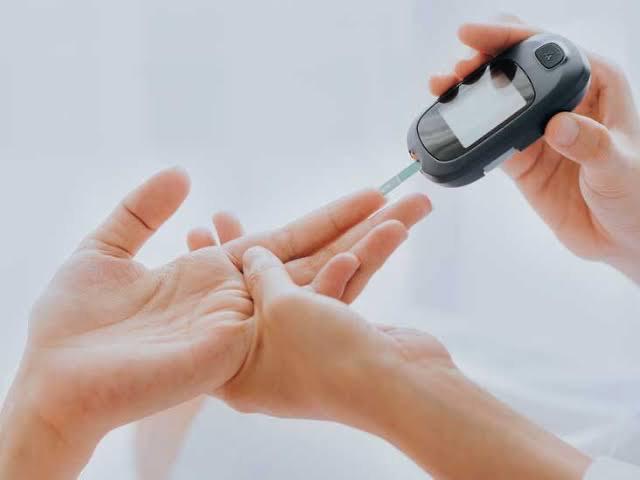Did you know getting diagnosed with diabetes at a younger age means the condition is more aggressive than in the elderly? Read on to know if the treatment for the young and old differs.
Published Nov 15, 2024 | 7:00 AM ⚊ Updated Nov 15, 2024 | 7:00 AM

Diabetes can be detected by analysing a tear drop, study/Creative Commons
Diabetes, a chronic condition affecting millions worldwide, presents unique challenges depending on the age at which the condition is diagnosed.
While the treatment protocols for managing the disease may not vary drastically across age groups, the long-term implications differ significantly.
The younger you are at the time of diagnosis, the more caution and proactive management are required to mitigate complications that can have lifelong consequences.
Calling diabetes a “silent killer” Dr V Mohan, Chairman of Dr Mohan’s Diabetes Specialities Centre in Chennai, said it is largely asymptomatic. Only half of the individuals show symptoms that prompt them to visit a physician, leading to the diagnosis.
The other half are usually diagnosed incidentally. For example, when a spouse or family member goes for a checkup, the doctor suggests screening for others as well, often leading to finding diabetes.
The concern is that during the undiagnosed period, significant internal damage occurs. Therefore, routine diabetes screening is essential, especially for individuals above 20 or 30 years of age.
“If there is a family history of diabetes, testing as early as 20 years is advisable. Without a family history, starting at 30 or 35 years is reasonable,” Dr Mohan said.
“When diabetes is diagnosed in older individuals, typically after they turn 60 or 70, the progression of the disease tends to be slower and milder,” the diabetologist said.
Dr Mohan explained that complications such as kidney failure, blindness, or heart disease often take a decade or more to manifest. For an older adult diagnosed with diabetes at 70, these complications, if any, might arise in their late 80s or 90s.
This longer timeframe, coupled with the generally less aggressive nature of diabetes in older adults, provides a buffer that younger individuals lack.
In contrast, the scenario is starkly different for younger patients. A person diagnosed with diabetes at the age of 20 is looking at 30, 40, or even 50 years of living with the condition. By their 40s, they may already face complications such as vision loss, kidney issues, or cardiovascular diseases.
The longer duration of diabetes in their lives significantly increases the likelihood and severity of complications.
Dr Mohan cited studies and clinical observations that suggested diabetes in younger individuals is often more aggressive and harder to control.
“This heightened severity not only accelerates the onset of complications but also requires more vigilant and comprehensive management. For instance, younger patients may need tighter blood sugar control to reduce their risk of complications, while older adults are managed with less stringent targets to avoid the dangers of low blood sugar (hypoglycemia),” he said.
For younger patients, proactive management is crucial. Regular monitoring, lifestyle changes, and adherence to treatment plans can help delay or prevent complications.
However, this requires a lifelong commitment, which can be daunting for individuals in their prime years. Education and support are vital to ensure they understand the stakes and are equipped to manage their condition effectively.
On the other hand, older adults may prioritise the quality of life over stringent diabetes management. The focus shifts to balancing blood sugar levels to avoid immediate risks, such as hypoglycemia, rather than preventing long-term complications that may not have enough time to develop.
The age at which diabetes is diagnosed is a critical factor in determining the disease’s trajectory and management goals.
While medical advancements have made it possible to manage diabetes effectively at any age, the younger population faces unique challenges that require sustained effort and vigilance.
For older adults, the focus on quality of life often takes precedence, with less aggressive management strategies.
Ultimately, diabetes care must be tailored to each individual’s age, lifestyle, and overall health. Whether diagnosed at 20 or 70, understanding the implications of the disease and working closely with healthcare providers can make a significant difference in outcomes.
Early intervention and informed decision-making remain the key to living a healthier, longer life despite a diabetes diagnosis, Dr Mohan added.
(Edited by Majnu Babu).
